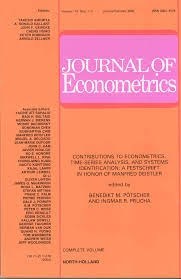
Koopman, S., Lucas, A. and Monteiro, A. (2008). The Multi-state Latent Factor Intensity Model for Credit Rating Transitions Journal of Econometrics, 142:399--424.
-
Affiliated authors
-
Publication year2008
-
JournalJournal of Econometrics
A new empirical reduced-form model for credit rating transitions is introduced. It is a parametric intensity-based duration model with multiple states and driven by exogenous covariates and latent dynamic factors. The model has a generalized semi-Markov structure designed to accommodate many of the stylized facts of credit rating migrations. Parameter estimation is based on Monte Carlo maximum likelihood methods for which the details are discussed in this paper. A simulation experiment is carried out to show the effectiveness of the estimation procedure. An empirical application is presented for transitions in a 7 grade rating system. The model includes a common dynamic component that can be interpreted as the credit cycle. Asymmetric effects of this cycle across rating grades and additional semi-Markov dynamics are found to be statistically significant. Finally, we investigate whether the common factor model suffices to capture systematic risk in rating transition data by introducing multiple factors in the model. {\textcopyright} 2007 Elsevier B.V. All rights reserved.